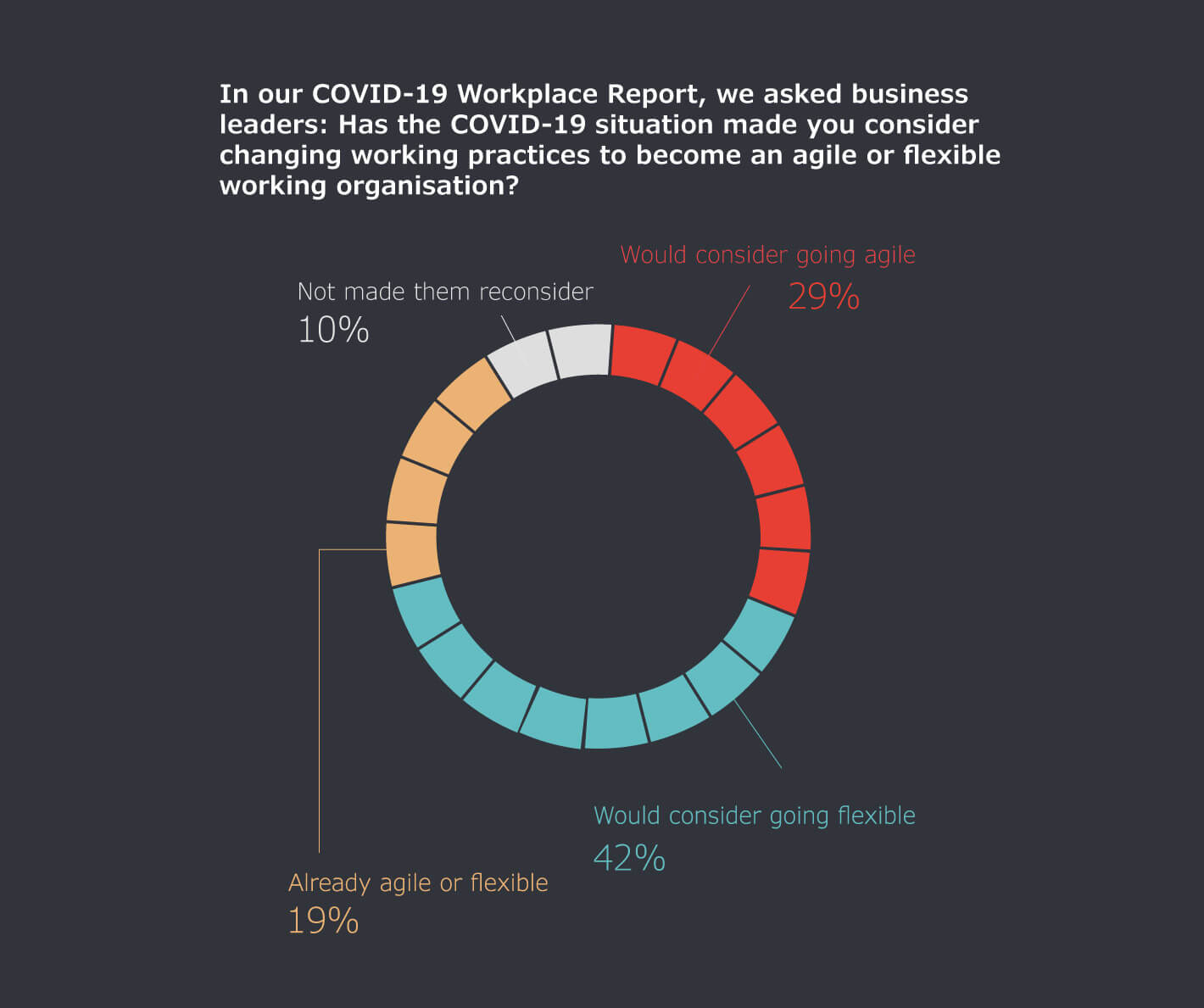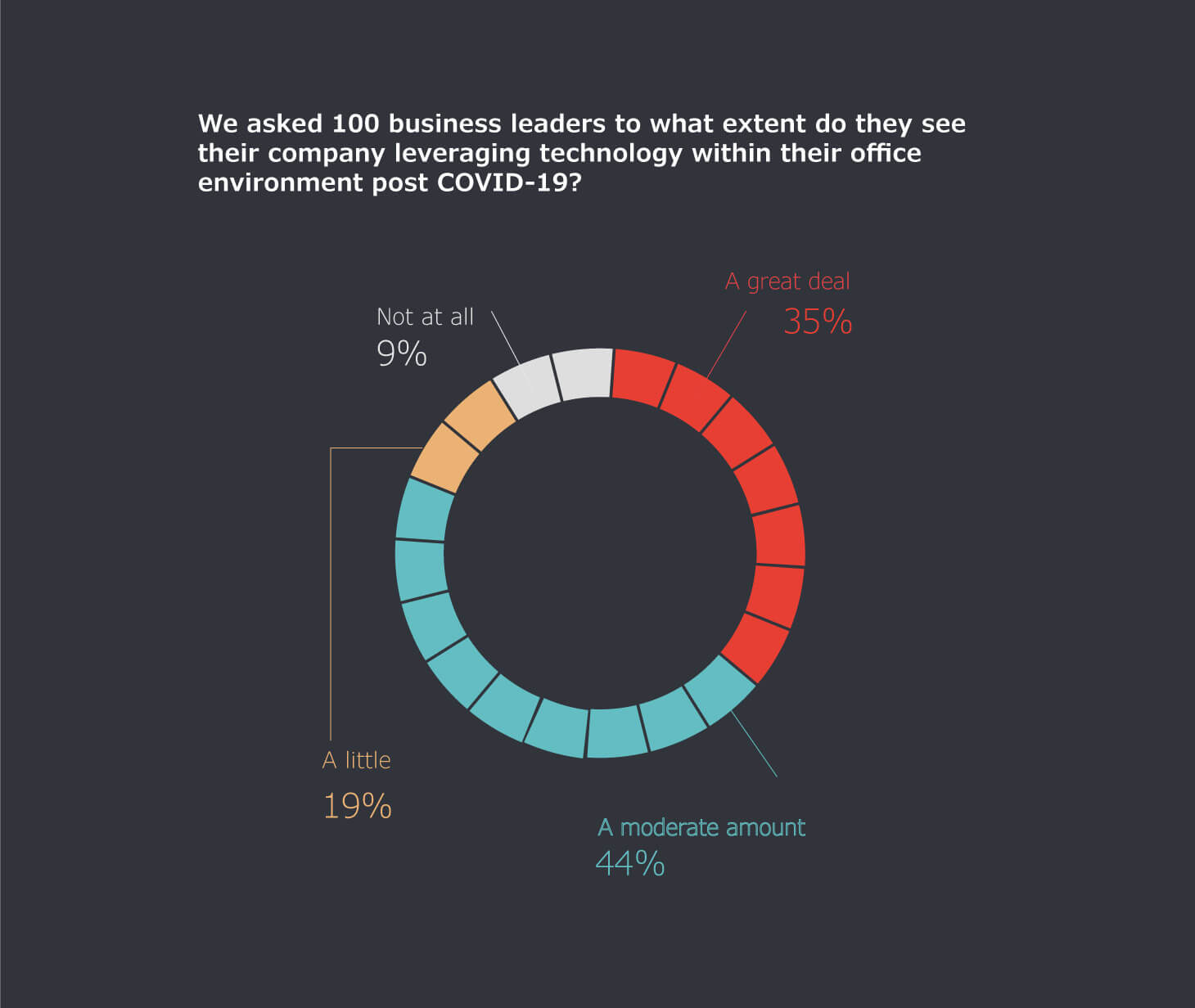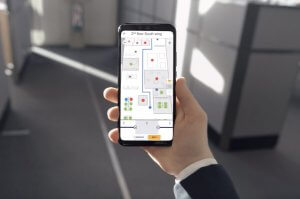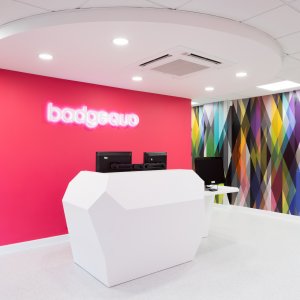
9 steps towards successful hybrid working
In this article we look at 9 areas that companies should focus on to ensure they successfully implement a hybrid working strategy.
As companies evaluate the ways to quickly and safely return to work once lockdown ends, they face an array of challenges. Enforcing social distancing measures, implementing safe and hygienic working practices and ensuring employees are safe are just a few examples of the many concerns employers have surrounding returning to work after coronavirus.
Undoubtedly, technology will play a key part in helping organisations return to work. Once lockdown ends, it’s essential that companies consider implementing the tech needed to both resume business as usual and prepare for the future.
Here are some effective office technologies that can help your business return to work smoothly, and elevate your future working practices.
Using portable technology
As obvious as it may seem, it’s surprising just how many businesses weren’t utilising portable technology such as laptops or tablets before the COVID-19 pandemic hit. Because many businesses have become accustomed to their offices, when they no longer have access to them, it can be extremely difficult to adapt. However, as the lockdown has shown, people who previously weren’t used to portable technology and more advanced tools have had no choice but to become more tech-savvy – meaning that businesses should now have less fear when it comes to incorporating portable tech into their organisation.
Using portable technology facilitates remote working, and allows your employees to work where they feel they work best. When people use portable tech on a regular basis, it ensures that if you’re not able to access your office in the future, there won’t be as much disruption to day-to-day operations.

In the post-lockdown workplace, collaboration tools that became a blessing while working from home, such as video conferencing, time management systems and portable tech will continue to help you in the office. Particularly when it comes to video conferencing – if there’s one thing lockdown has taught a lot of employers and their employees, it’s that most face-to-face meetings can very easily be done via video.
Collaboration tools will help you communicate with employees while enforcing social distancing in the workplace, and liaise with customers and clients without direct contact – something that will become prominent in the post-pandemic office. Additionally, 42% of business leaders that we surveyed, stated that they were considering flexible working post Covid-19 it means that some employees will continue to work from home even after lockdown ends for part of their working week at very least. Having these tools implemented and employees trained on how to use them is imperative in ensuring that your team can communicate and collaborate successfully, even when they aren’t in the office.
Using tech to control occupancy levels
Undoubtedly, one of the biggest challenges many businesses face when returning to work after coronavirus is preventing overcrowding in their office. This means having a system in place that ensures your office is never at full capacity, which can be done by setting up a rota that shows when each employee needs to be in the office, or by simply communicating with your team daily to see who should be in the office, and who can easily work from home. However, the larger your team is, the more difficult this becomes – which is why tech that will help you manage occupancy is vital when returning to the workplace after lockdown.
In the office, you could implement occupancy sensors that track where people work and gather frequently, as well as identify “dense spots” where there is a particularly high risk of contamination. However, this will likely require investment, and be something you consider in the long term, rather than the immediate future.
A quicker, short term solution is to implement tech that can ensure your occupancy levels are safe before entering the office, and monitor and track capacity.
Dale Office Interiors has partnered with Iotspot to bring you an app that enables you to do this.
With this app, employees can book desk space if they need to before they actually come into the office. The app live updates as desks are booked, and once every desk is booked, any additional bookings will be blocked – helping you better manage office capacity by ensuring that your office never becomes overcrowded, and employees are aware when they should and shouldn’t be coming into the building.
See how our social distancing in the workplace app can help you effectively manage office capacity, and prepare you for the return to the office quickly and safely.
The contagious nature of this particular virus has led to a national emphasis on personal and public hygiene, and when businesses return to the workplace after lockdown, this is likely to continue. Hygiene policies are set to change drastically, and tech can be used to enforce stricter measures that help keep employees safe.
As viruses spread through the air and by touch, tech that reduces the need for physical and direct contact is essential. For example, gesture technology (or movement sensors) remove this requirement for touch, and can be implemented in regularly used, high risk areas such as doorways, lifts and in bathrooms. Additionally, voice activated technology can be used in a similar way, such as opening and closing doors, and turning on lights. By using tech in this way, there is less risk of contamination or the spreading of illnesses, particularly in areas such as kitchens and bathrooms.
There is also risk associated with office furniture, and the germs that can collect and be transmitted, however even furniture can be made more hygienic. Some businesses may opt to replace current office furniture with desks, chairs and other pieces made using antimicrobial materials, which ensures the majority of germs are not transmitted. While this is perhaps unrealistic in the short term, it is something that many businesses may have to contemplate in the future.

As previously mentioned, COVID-19 has caused so much concern worldwide because of how contagious the virus is, and how it can easily spread through physical contact and by inhalation. The latter is perhaps most concerning, because while we can control what we touch to some degree, we can’t choose what air we breathe.
Because of this, businesses are going to have to consider the ventilation in their office, and how they can prevent bad air circulating. Currently, it’s very likely that many businesses only have a central heating system or air conditioning, which, while helping control temperature do nothing to improve air quality. Without proper ventilation, bad air continues to circulate around the office. Even if you put measures in place to try and prevent this (such as wearing masks) poor air quality can still lead to illness.
In order to improve ventilation, it’s important to consider implementing an HVAC system that provides a better quality of air in the office by bringing in fresh air from outside and removing “dirty” air from inside, as well as controlling temperature and replenishing oxygen levels. While HVAC systems may be a considerable investment, you’ll find that they are extremely beneficial in the long term. Not only does better air quality prevent the spread of illness, research suggests that if you improve the air quality at work, you improve productivity – workers will feel less fatigued and healthier, helping them work better.
Ultimately, these different technologies will be instrumental in allowing your business to return to the workplace after lockdown, and in helping you move forward in the future. However, many of those we’ve listed involve investment, which may not necessarily be possible in the immediate future.
That’s why Dale has partnered with iotspot, to bring you an occupancy management app that can support you and your staff to ensure social distancing in the office and set your office up for the future.
With the app, you can manage office capacity while ensuring social distancing measures are adhered to, without any complicated management or procedures
To learn more about how Dale can get your business back on track after lockdown with our unique technology offering, check out our social distancing in the office app today.
Advice Centre Topics
Recent Content

In this article we look at 9 areas that companies should focus on to ensure they successfully implement a hybrid working strategy.
Content that may interest you

Technology will be vital for businesses returning to work after lockdown, and for the future. Find out which technologies are most effective, and how you can use them in your office in our blog.

Understand what collaborative technology your business should consider when people are working from home or remote in a hybrid working style.
Do you have an office fit-out project you would like to discuss?
Contact us for a no obligation discussion
Dale Office Interiors
Broombank Rd, Sheepbridge Ln, Chesterfield
S41 9QJ
Phone: (0)114 233 1115
Email: [email protected]